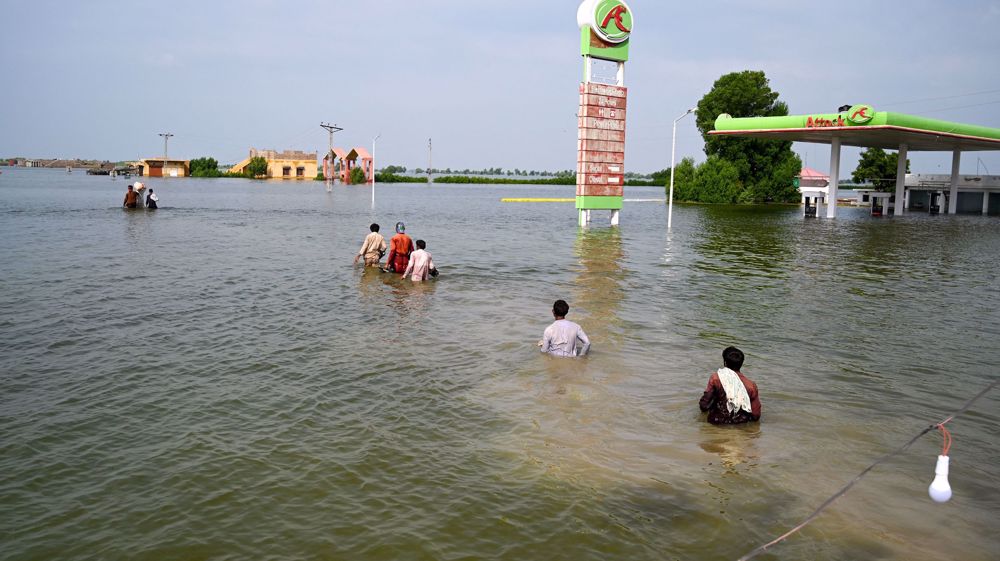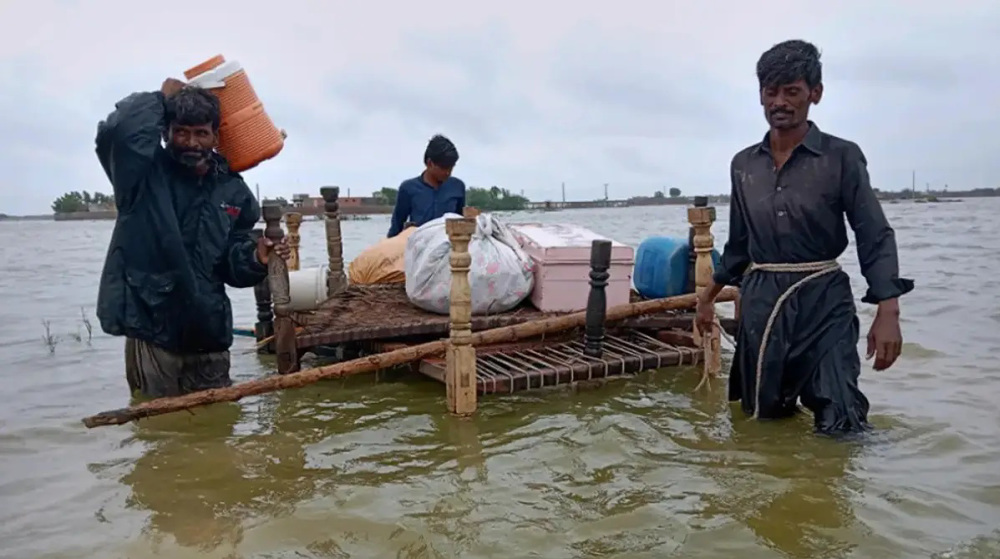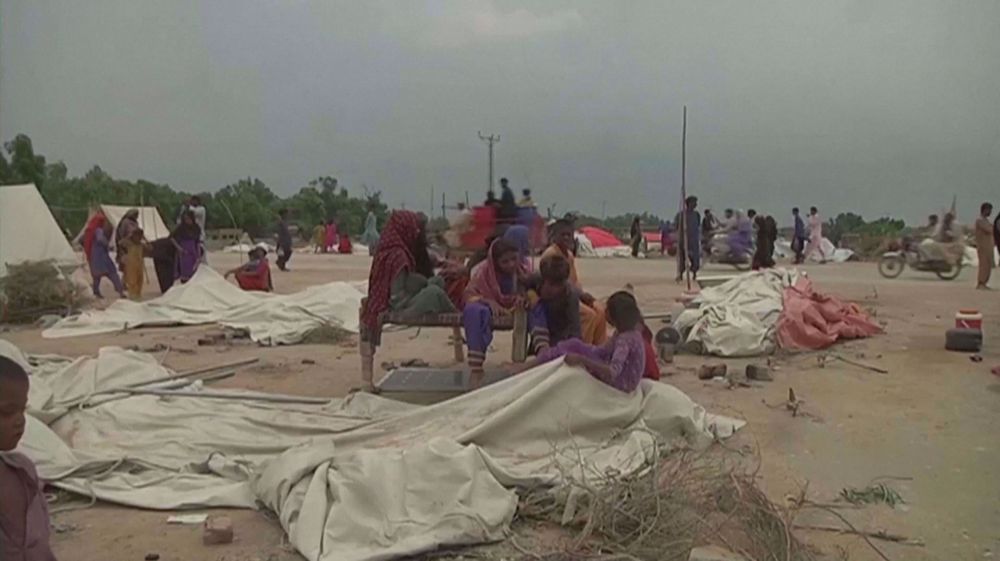Infectious diseases kill 9 people in flood-hit Pakistan, taking toll to 318
At least nine people died of water-borne diseases in flood-hit Pakistan on Monday, taking the toll from such causes to 318, as infections continue to rise across the South Asian country that has seen unprecedented flooding in recent months.
Government data on Tuesday said the death toll from infectious and water-borne diseases that have attacked tens of thousands of people in the country has reached 318 since July 1, with the main causes listed as gastroenteritis, acute diarrhea, and suspected malaria.
Tens of thousands of patients were treated at mobile hospitals set up in flood-hit regions on Monday, taking the total number of patients treated at these facilities to over 2.7 million since July 1, the report said.
The floods brought by record monsoon rains and glacial melt in northern mountains have hit 33 million of a population of 220 million, sweeping away homes, transport, crops, and livestock in damage estimated at $30 billion.
The overall death toll of the deluge itself has reached 1559, including 551 children and 318 women.
Raging floods and water spillover from Pakistan's largest freshwater lake threaten several districts of Sindh, the hardest-hit province with a population of over five million, also raising the risk of being attacked by diseases including malaria, dengue fever, diarrhea and skin problems.
The government said almost 1.2 million homes have been destroyed and property damage is expected to reach $10 billion. Hundreds of thousands have been displaced making them vulnerable to diseases.
The World Health Organization (WHO) has said more than 6.4 million people need humanitarian support in the flooded areas.
UNICEF has also stated that an estimated 16 million children have been impacted, and at least 3.4 million girls and boys remain in need of immediate, lifesaving support.
Pakistan has been dealing with severe heat waves, which may have played a role in the flooding.
The South Asian country has received nearly 190% more rain than the 30-year average in July and August, totaling 391 millimeters (15.4 inches), with Sindh getting 466% more rain than the average.
VIDEO | Press TV's news headlines
VIDEO | The Rise of Palestine Action
Pro-Palestinian protests gain momentum across US universities
Israel thirsty for murder, blood: Hamas on Gaza mass graves
VIDEO | Crimes and failures in Gaza
VIDEO | Pres. Raeisi says Iran, Pakistan resolved to boost ties on all levels
VIDEO | Footage shows ruins of Gaza mosque after overnight Israeli strike
Pres. Raeisi lauds elites’ role in unifying Iranian, Pakistani nations













 This makes it easy to access the Press TV website
This makes it easy to access the Press TV website